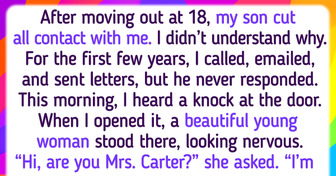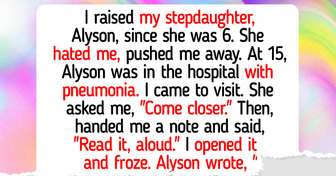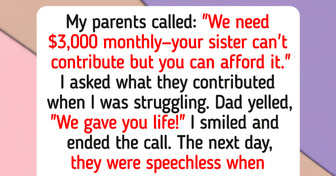9 Trendy Color Combinations That Are Dominating 2025

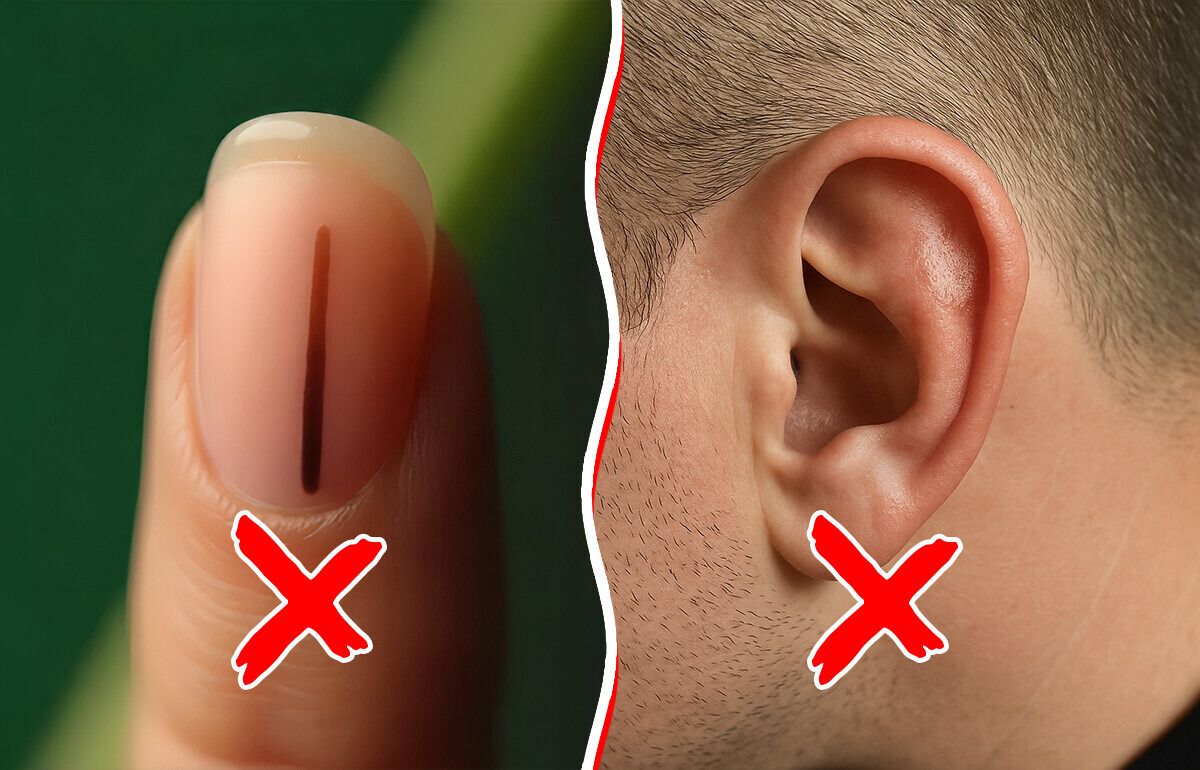
Melanoma, the most dangerous form of skin cancer, often hides in plain sight. While many are vigilant about obvious changes in moles, subtle signs can easily go unnoticed. Early detection is crucial, as the five-year survival rate for localized melanoma is about 99%, but it drops significantly once the cancer spreads. Here are 7 subtle signs of melanoma that you should never ignore.
CONTENT IS PROVIDED FOR INFORMATIONAL PURPOSES ONLY AND IS NOT INTENDED AS A SUBSTITUTE FOR MEDICAL ADVICE.
SEEK GUIDANCE OF YOUR DOCTOR REGARDING YOUR HEALTH AND MEDICAL CONDITIONS.
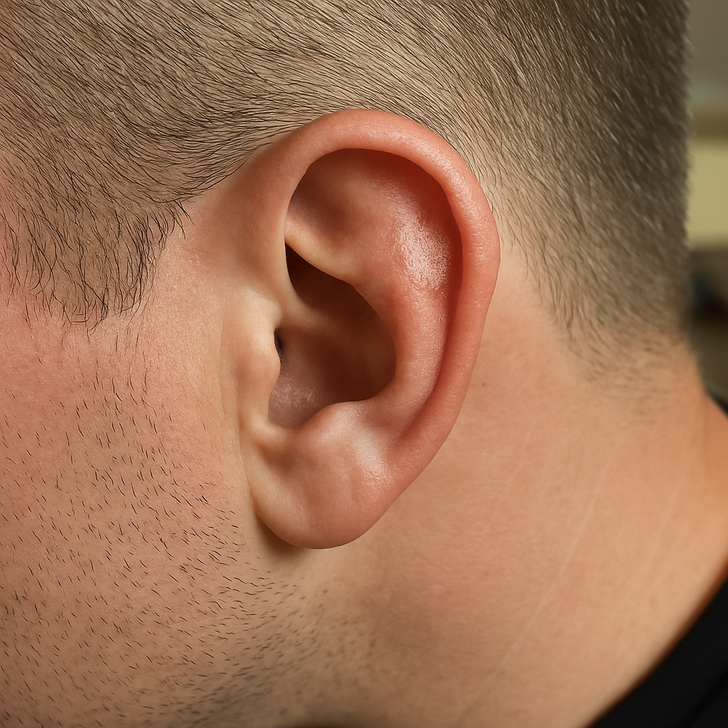
You might not think twice about a little patch of missing eyebrow or eyelash hair—but it could be a red flag. According to researchers, some melanomas can actually start deep inside your hair follicles. As the cancer grows, it can damage the follicle from the inside out, leading to unexpected hair loss right where the tumor is forming. It’s one of those sneaky signs that’s easy to miss—but could mean a lot more than a bad brow day.
While melanoma is often associated with dark pigmentation, some can appear colorless or exhibit pink, red, or purple hues. These amelanotic melanomas lack melanin, making them harder to detect and often mistaken for benign skin conditions like pimples or warts. Due to their subtle appearance, they are frequently diagnosed at more advanced stages.
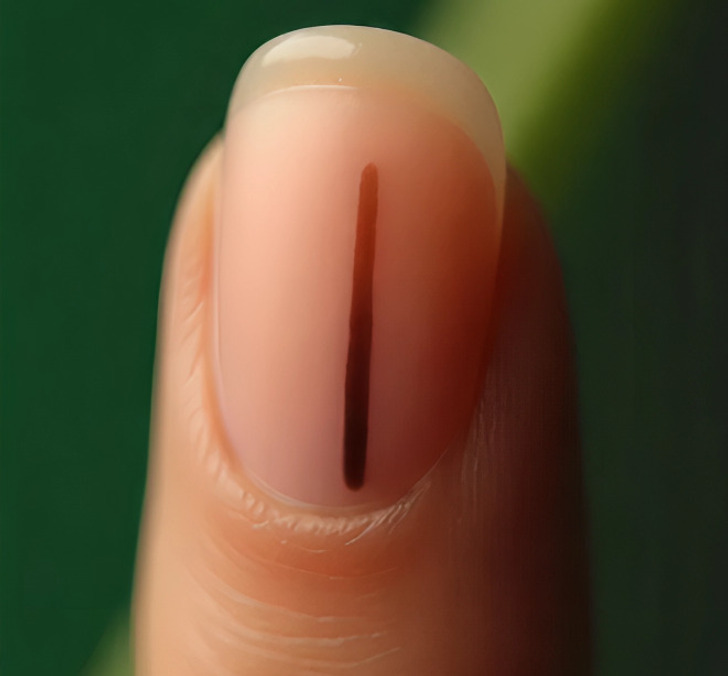
A dark streak, spot, or irregular pigmentation under the nail can indicate subungual melanoma, a rare but serious type of skin cancer. This condition is often mistaken for a bruise and is not linked to sun exposure. It doesn't cause pain, so it's easy to overlook it.
Due to the false belief that melanoma only develops on sun-exposed skin, these spots are often found much later—sometimes only after they've grown deeper or spread to other parts of the body. Also, these lesions may be mistaken for calluses or warts. Persistent, unusual spots in these areas should be examined by a healthcare professional.
Most moles develop during childhood or adolescence. If you notice a new mole appearing after age 20, it's essential to have it evaluated by a dermatologist.
It’s a stark reminder that even the smallest actions can lead to big consequences—just like those early, subtle signs of melanoma that might seem harmless at first but can snowball into much bigger issues if left unchecked. Just ask the mom whose baby is now facing the potential loss of an eye—all because of a well-meaning kiss.


